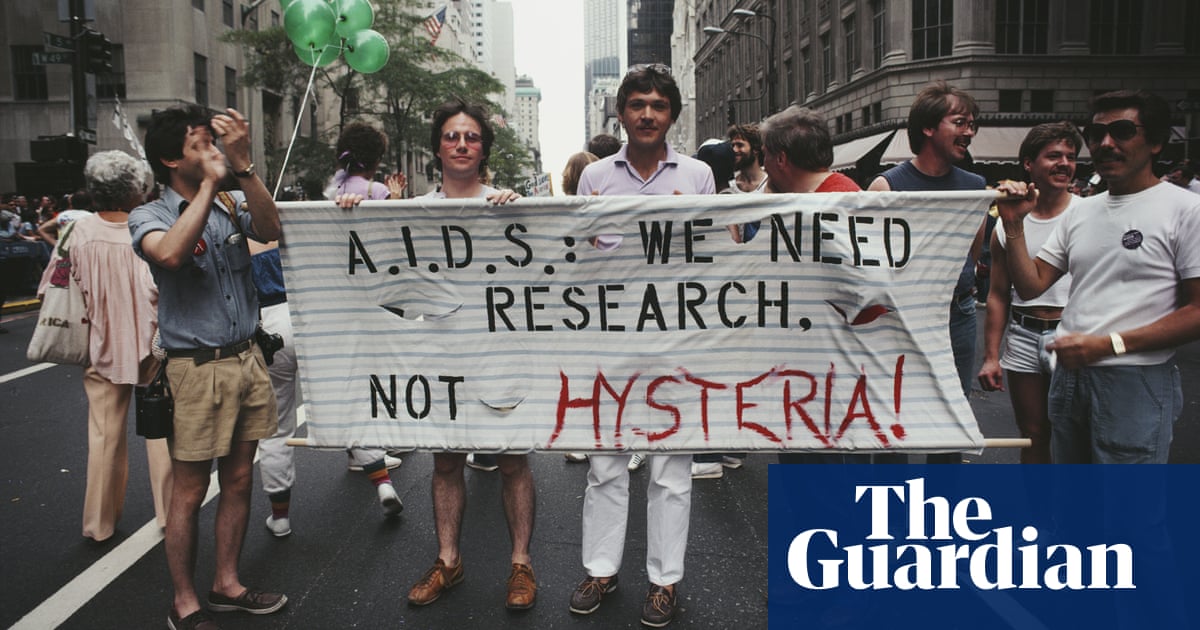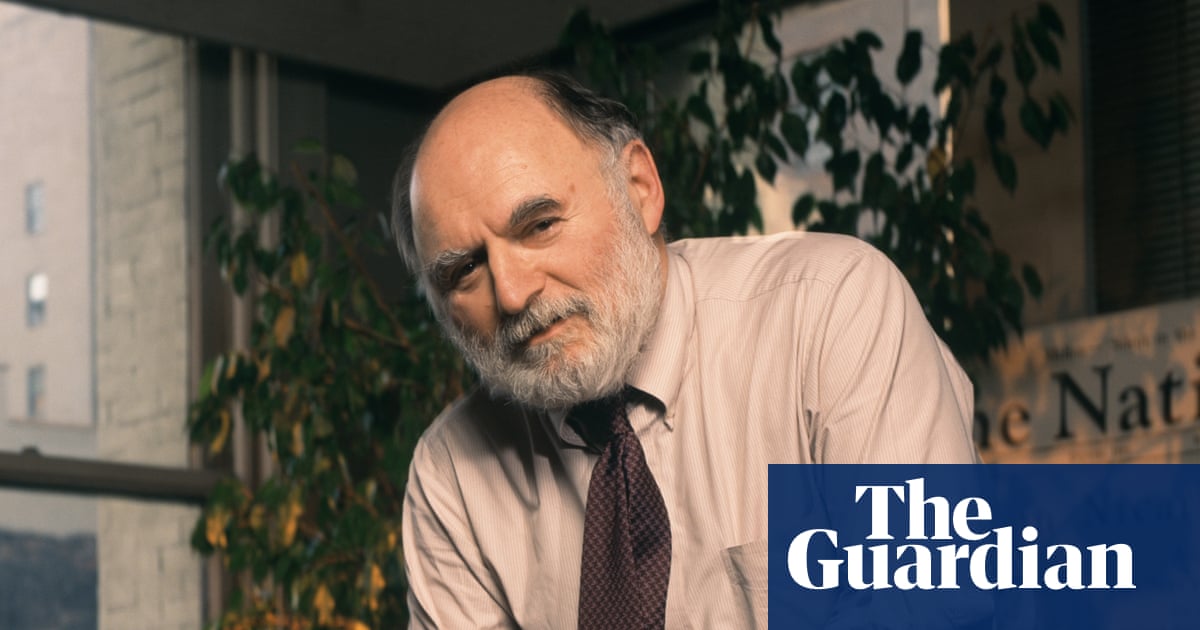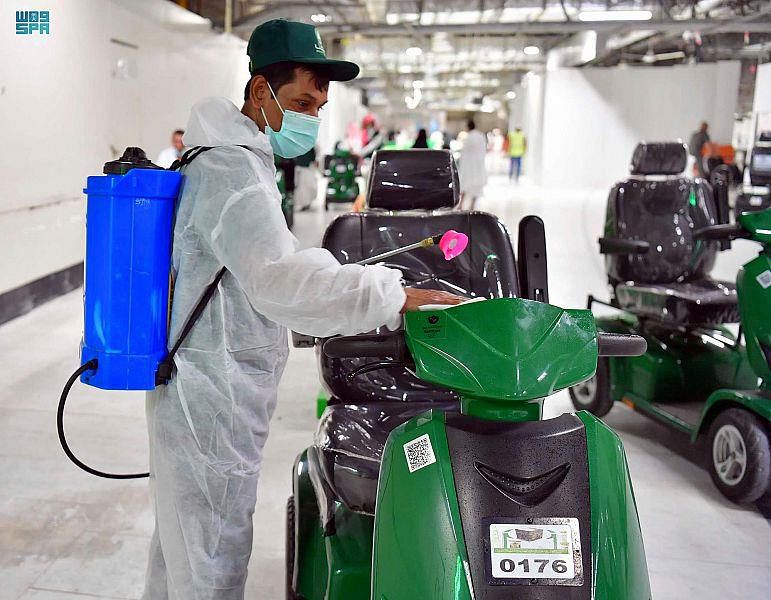
The international version of The New York Times newspaper is a staple in my office and its electronic version is the most visited website on my mobile phone. Its investigations inspire me and some of my ideas derive from its reports. I always wanted to visit the newspaper’s headquarters to witness up close what takes place behind the scenes.
I indeed got the opportunity to spend a day there. At exactly 9 am, a yellow New York taxi dropped me off in front of a skyscraper on Manhattan’s eighth avenue near Times Square. I forgot the hustle and bustle and the tourists around me and set my sights on the gray building in front of me that houses the Times and entered its lobby.
Loud orange walls. A massive space without any chairs. Cheerful employees.
I received by the vice president of communication Danielle Rhoades. At around 9:30 am, we headed to the conference room to attend a morning editorial meeting. I chose to sit at the back so that I could watch every detail. Editors from various departments soon began to enter the room and take their seats. A call was made to the newspaper’s Washington office so that its editors may also be present at the meeting.
The meeting kicked off with a report on the most read articles on the website. Related social media activity was also discussed. Discussions soon shifted towards the Washington work agenda, which could be summed up in one word: Trump.
A Washington editor talks about the agenda that revolved around Trump’s tweets that day, his activities and meetings. The editors delved deep into the US president’s tweet, expressing their views and expectations about his stances and new moves. The meeting did not revolve around a single person, but no one interrupted the other. The editors were not formal with each other, but they were professional. Ever since Trump embarked on his electoral campaign, The New York Times, monitored and documented his every controversial move and statement in its political and opinion articles.
At this point, the two sides got embroiled into daily media debates. Trump chose Twitter to respond to the newspaper with bold tweets. I never expected that Trump, The New York Times’ fiercest critic, to be its morning meeting’s guest of honor. I wondered if other US presidents enjoyed this much attention.
Editors later told me that they were very happy that Trump reads their newspaper, adding that they have six correspondents at the White House.
Going back to the editorial meeting, or what remained of it after the Trump discussion, I noticed the presence of all departments, even the non-political ones. One of the main stories of the day was a scientific study. The video, photography and breaking news departments were allotted time at the meeting, which demonstrated a harmony between the print and online version of the newspaper.
I spent a day at one of the most prestigious newspapers in the world and I had the opportunity to observe its work starting from the morning. Below are what stood out:
- One identity unites the print and online versions
In the past, meetings used to focus on the print version’s front page. Things have changed now and attention is given to the “material that are worth being published on the front page of the website,” said Ronald Caputo, executive vice president of the Print Products and Services Group. He later told me: “The print version is still important to us.” The relationship between the print and online version of the newspaper is clear and close. Their motto is cooperation, not competition, especially since the same editorial team is responsible for both the print and electronic versions.
The New York Times stayed abreast technological advancements through its website, but it chose to preserve its print version, that is still read by millions all over the world. Over the decades, the newspaper formed its own special identity that distinguishes it from others. The era of online journalism has given it an opportunity to expand this identity. For example, The New York Times podcast has become daily fixture of over 700,000 listeners.
“We will not abandon the print version any time soon,” Caputo told me.
He also added that he can never imagine only having an electronic version of the Times. The newspaper does after all have a million print subscribers and millions of readers that buy it from kiosks.
- Strict rules
Publishing The New York Times, like all print material, is bound by the importance of the articles, news and ads. Choosing photographs and direction of the issue is the responsibility of an editorial and publishing team. The departments complement each other and in order to preserve the identity of the Times, the production team adheres to strict rules on advertising. They do not allow big ads on the front page. The pages are imagined and then compiled before being sent to 27 printing presses in the United States.
Caputo, who is in his 32nd year at the newspaper, said of his career: “The printing and distribution have not changed much in the past decade, but we witnessed the greatest change at the beginning of the 1990s.”
“We used to own two printers at the time, then we introduced technology that helped replace manual printing,” he explained.
Up until 1993, the newspaper was printed in black and white.
“We decided to add color to the Sunday editions and in 1997 the daily editions also featured some colored pages, including the front and back pages.,” said Caputo.
He ruled out the possibility that the entire newspaper would be printed in color due to the high expense and weakness of the advertising market in the US.
- Challenge of accuracy and speed
I asked the electronic department if their priority was to be the first to publish a story or to be a constant source of accurate news. They replied that they aspire to achieve both, because they do not publish breaking news until they verify it.
More than 1,350 journalists work at The New York Times. Last year, they were able to work as correspondents in over 150 countries. These are all part of the Times’ efforts to combat “fake news”. To avoid discrepancies, the newspaper always checks facts before publishing them. Photographs and videos are also very important for the newspaper, which focuses on releasing its own content at the heart of a developing story. Correspondents take photographs in their daily coverage and a video team works on reports to accompany daily news. Visual documentation adds to the credibility of the published articles.
- Prominent social media presence
The New York Times realized at an early stage the importance of using social media to attract readers and interact with them. It has accounts on several social media platforms. Instagram posts images taken by its photographers from around the world, Twitter posts breaking and latest news, and Facebook opens the door to discussions and interactions through the comments section.
The Times has 14.4 million Facebook followers, 39.1 million Twitter followers and 2.8 million Instagram followers, making it the leading newspaper on social media. These figures are however not the goal of the publication, but it seeks to provide a comprehensive journalistic experience to its followers on any platform.
- International news section
The international news department coordinates with foreign bureaus. Correspondents around the world present their proposals to the international affairs editors for discussion at the editorial meeting. Ideas are then generated and task are distributed to the correspondents. The proposals are not purely political, but they include social and cultural topics, among others. The New York Times has 75 correspondents all over the world, more than ever before. In the Middle East, the correspondents work from Abu Dhabi, Baghdad, Beirut, Cairo, Istanbul, Kabul and Tehran. War correspondents often travel to danger zones. Most of them speak several languages and are able to perform instant translations. These correspondents also read the local newspapers in the country they are in. In the Middle East, they seek to read the most important dailies, such as Asharq Al-Awsat.
In the most dangerous and isolated locations, The New York Times seeks the assistance of local correspondents, who receive the complete backing and protection of the newspaper.
- Publishing agreements
Asharq Al-Awsat is one of the global publications that struck a deal to publish New York Times articles in its newspaper. The American newspaper has remarkable content, unique reports and opinion pieces written by prominent columnists. These are among the reasons that led the Arab world’s leading international newspaper to translate and publish the Times’ content.
Patti Sonntag, managing editor at The New York Times News Services division, said that the newspaper wants to reach all the countries of the world.
- The newspaper in a few lines
No one imagined that the first issue of The New York Times would mark the beginning of one of the world’s most important newspapers. In 1851, the top floor of a windowless room in a building in Manhattan in New York was the birthplace of the first copy of the newspaper, which was then comprised of only four pages. Established by Henry Jarvis Raymond and George Jones on September 18, 1851, the newspaper managed after a few decades to become the United States’ leading daily.
Throughout its history, it has garnered 122 Pulitzer Prizes, becoming the most decorated newspaper in the world. Nicknamed the “gray lady,” it is also considered one of the most influential publications in the world.
At the beginning of 2017, 308,000 people subscribed to its electronic service, bringing the total to 3.2 million spread across 195 countries.












